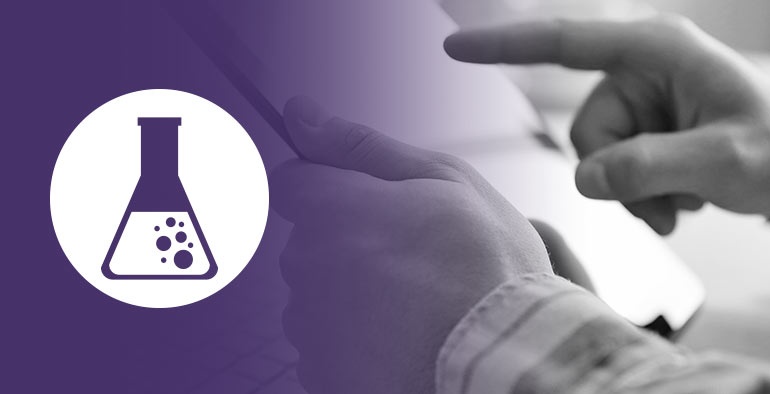Following on from my last blog about the different types of user testing methods, I have researched further into the different types of tests available.
There are a variety of test types that you can conduct with your group of users. Each of them will give you a different set of results, here they are:
1. Problem discovery
The goal of this test is to uncover as many usability issues as possible by asking participants to complete a series of tasks. This is the most common type of usability study.
These studies are often referred to as formative studies, a term that comes from educational research. It describes a testing method for finding problems in a student's learning, then modifying their learning activities to improve performance.
Method: Moderated In-person, Moderated Remote or Unmoderated Remote
2. Benchmark
The goal of this study is the measure the usability of an interface before and after usability modifications. In education this is a summative study, which is a method of testing students throughout the year, so there is a point of comparison.
Method: Large sample size required - Unmoderated Remote
3. Competitive
Participants attempt the same set of tasks on a competitor's website or application. This approach validates your findings and provides a meaningful point of comparison.
Method: Large sample size required - Unmoderated Remote
4. Eye tracking
It’s not possible to see the emotional response to an interface by click or touch tracking alone. Your eyes look at different parts of the screen before you move the cursor to click or make a decision to touch. Eye tracking is useful when you need to understand where participants eyes are drawn and the sequence of their gaze paths.
Method: Depends on the technology used
5. Learnability
The test types listed above focus on the user using the website or application for the first time. A learnability study has the participants attempting the same tasks repeatedly. This allows the researcher to quantify the learning curve required to complete an task.
Method: Moderated In-person or Remote testing for a larger sample size
Once you have chosen your type of study you will then need to decide on the metrics you use to collect your data. My next blog will be looking at the different types of usability metrics available to quantify the results of your tests. I will also be researching further into Eye Tracking technology, so watch this space.





